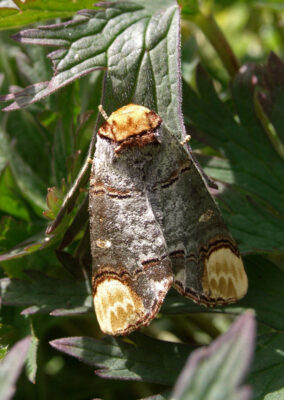
c. Martin Mulchinock
Moths are some of the most misunderstood mini-beasts in our gardens. These almost secret creatures are also pollinators and part of the food chain, Jean Vernon explains
Gardeners don’t often notice moths in their gardens and that’s because many of them are active at night. Night flying moths are often (but not always) drab because they don’t use visual signs to find their mate, instead these moths often have feathered antennae to locate their mate by using pheromones (smells). Day flying moths are often more colourful and can be confused with butterflies.
Precious pollinators and more
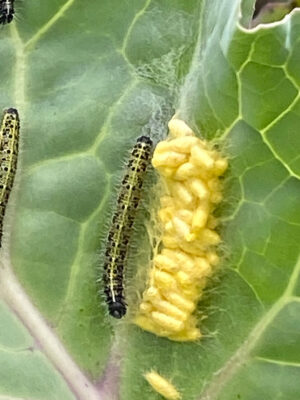
c. Jean Vernon
Moths are pollinators, and often feed on flowers that open at night. That makes moths as important as bees in terms of pollination because moths are active when the bees and many other pollinators are not. Moths are also food for many types of wildlife including birds, bats, frogs, toads and small mammals. Even owls are known to feed on moths. But it is the caterpillars that really are a vital layer in the food chain. These protein rich larvae are food for the chicks of a wide range of our favourite garden birds like the blue tits, robins and other species.
But there are other creatures that depend on caterpillars to complete their life-cycle; like a scene from the film Aliens, parasitoid wasps often develop inside a caterpillar rendering it lifeless as they feed from the inside out. Like the adult moths, these wasps are also pollinators and part of the balance of nature.
How to help moths
Like all insects, moths are in decline from habitat loss, light pollution, climate change and pesticides. Moths matter and need our help. These gracious creatures are poorly understood and yet a vital part of our garden biodiversity and beyond.
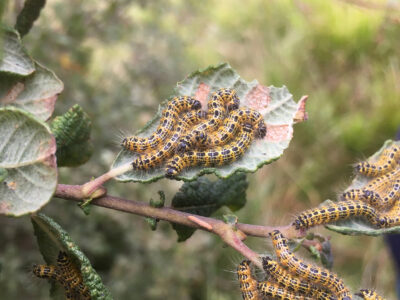
c. Jean Vernon
Gardeners are well-placed to support and help moths by planting night scented plants for nectar that the moths can feed from to sustain their activity, plants like jasmine, honeysuckle, nicotiana and evening primrose are a great place to start. But don’t forget about baby food, in order to help the adults, you need to tolerate and support the caterpillars too. You can do this by growing caterpillar food plants like nettles, willow, willowherbs, plantain, ragwort and hawthorn.
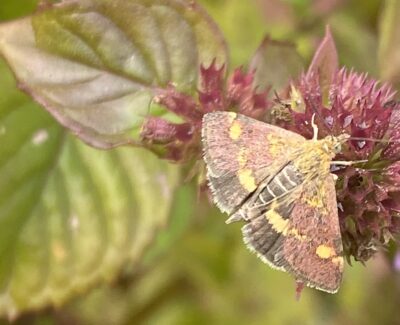
c. Jean Vernon
Light pollution affects moths as it disrupts their navigation sense and can interfere with their mating. By using outdoor lights minimally or switching to motion sensors you can reduce your light pollution and help the moths.
It’s also important to reduce or preferably stop your use of pesticides and garden chemicals. Allow nature plants to flourish somewhere on your plot and leave a patch of the garden to grow wild.
Learn a bit more about moths, these are extraordinary and beautiful creatures that deserve our respect and are worth protecting.
Wonder weeds
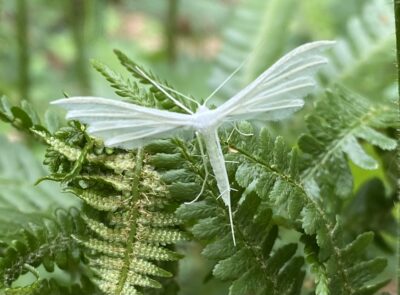
c. Jean Vernon
If you’ve struggled to allow ‘weeds’ to grow on your plot, you might be surprised to learn that many of the plants we love to hate have a secret value; they are caterpillar food for moths. Plants like bindweed are larval food plant for the convolvulus hawk moth and also the common plume moth. Our insects evolved side by side with our native plants, and even the ‘weeds’ we consider to me a nightmare are vital food for baby butterflies and moths. Even the dreaded couch grass is a caterpillar habitat at night and larval food for several moth species. Weeds are really wildflowers and have an important role to play in the food chain, feeding the larvae of many of our moths.
Fun and funky
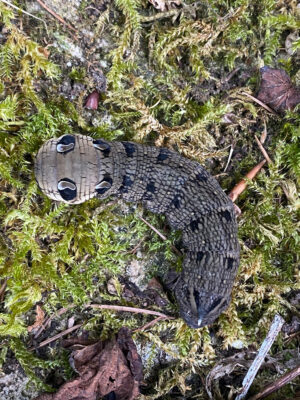
c. Jean Vernon
While the night flying moths are usually dull and drab in appearance, the day flying moths are far more funky and colourful. These moths use visual cues to find their mate and may be seen feeding on nectar rich flowers in the daytime.
Look out for the funky lime green and pink Elephant Hawk Moth. It’s a beautiful moth that looks more like a butterfly than a moth. But it’s its weird caterpillar that really steals the show. It looks like an elephant trunk (hence the name) but has large eye-like spots on one end which it rears up to deter predators. If you grow fuchsias, you may have found these caterpillars feeding on your plants. They won’t kill your plant, but they will feed on the leaves until they are satiated and then they drop to the ground to pupate into the fantastical adult. Your plant, now neatly pruned, will soon grow back to flower again.
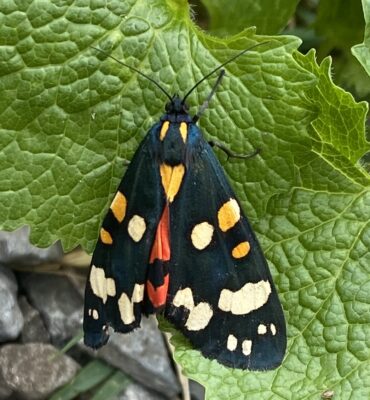
c. Jean Vernon
Then there are the spectacular tiger moths that have a bright red underwing. The larvae feed on comfrey, plantains, ground ivy and nettles.
This month (July) look out for the incredibly fast and amazing hummingbird hawk moth, as its name suggests it looks like a hummingbird and flits very fast from flower-to-flower feeding on deeper, nectar rich flowers like dianthus, verbena and phlox. It is a visitor from Europe and a wonderful addition to our summer gardens courtesy of climate change.










